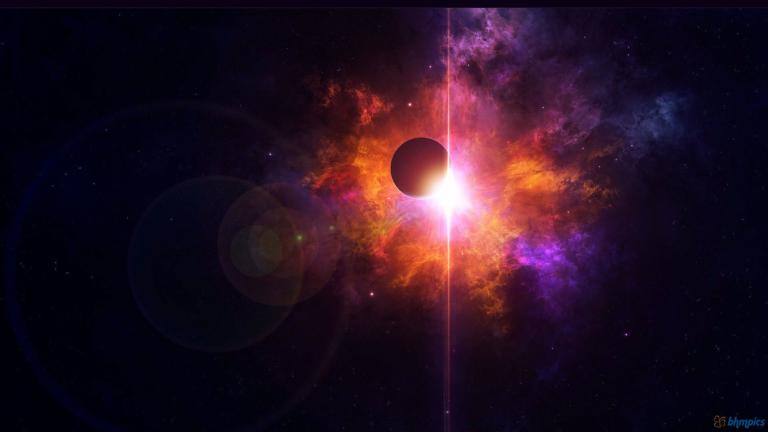
***
Several years ago, I read the superb book by Fiona Givens and Terryl Givens, The Christ Who Heals: How God Restored the Truth that Saves Us.
I sometimes encounter derisive comments from certain critics about how shallow the doctrines of the Restoration supposedly are, and I readily admit that such complaints astonish me. I find the implications, entailments, and disclosures of the Restored Gospel radical and utterly, breathtakingly, profound. But then, many of the folks who make such derisive comments also happily point out that I myself am an extremely shallow person; accordingly, my evaluation of the doctrines associated with the Church of Jesus Christ of Latter-day Saints scarcely merits the attention of thinking people. So it’s perhaps worth noting that Terryl and Fiona Givens also see depths in the Restoration:
Mormonism is so rich in doctrine, so expansive in its teachings, that we may be too easily distracted from this one cardinal proposition: The Restoration recovered that Christ who is the most remarkable being in the history of religious thought.(1)
They endeavor to show, in fact, that the figure of Christ “comes into his full splendor and beauty through the lens of the Restoration” (1).
Mormonism has immense theological profundity. It repudiates notions of inherited guilt and depravity, restores vulnerable compassion and empathy to a Heavenly Father, recaptures the saga of human preexistence and our literal co-heirship with Christ, and provides a coherent scheme of salvational plenitude for the dead as well as the living. Its doctrines are alternately exhilarating and consoling, controversial and common-sensical. (2)
I strongly suspect that one of the factors in recently declining conversion rates and in some retention problems among young Latter-day Saints is our failure to adequately exhibit the exciting and radical depth of Mormonism. This book is a helpful instrument for reminding ourselves and others of what we’ve sometimes allowed to be obscured.
Especially in this context, I like their comments on what Latter-day Saints often call the “Great Apostasy”:
This “falling away” does not represent some minor corruptions of sacramental liturgy or ritual forms. It is not about wicked priests whom God punished by removing their priesthood. It is about a fundamental misapprehension of the background and purpose and extent of the covenant (premortal origins, mortal incarnation, and eventual theosis and sealing into the eternal family). It is the loss of the mode by which that covenant is executed (through temple covenants that create those chains of infinite belonging, completing our journey from intelligence to joint heirship with Christ).
The loss of the larger cosmic context was compounded by failing to see the Fall as a necessary and premeditated immersion of humankind into the crucible of experience, suffering, and schooling in the practice of love. The loss was not about baptizing at the wrong age or in the wrong medium. It was about not knowing that baptism makes us — all of us eventually — literally members of Christ’s family and co-heirs with him as planned in premortal councils. What is at stake is not simple difference in standards of sexual practice or marriage’s purpose per se. It is about failing to see the family structure as a divine mode of eternal association that is at the very heart of heaven itself. In sum, the “Restoration” is not about correcting particular doctrines or practices as much as it is about restoring their cosmic context. (14-15)
For some reason, too, I think in this context of a comment from the late Elder Richard G. Scott (1928-2015), a nuclear engineer who served as a member of the Quorum of the Twelve Apostles from 1988 until his death:
Try as I might, I am not able, even in the smallest degree, to comprehend the extent, depth, and stunning grandeur of what our holy Heavenly Father, Elohim, has permitted to be revealed by the scientific method. If we were capable of moving outward into space, we would first see our earth as did the astronauts. Farther out, we would have a grandstand view of the sun and its orbiting planets. They would appear as a small circle of objects within an enormous panorama of glittering stars. Were we to continue the outward journey, we would have a celestial view of our Milky Way spiral, with over 100 billion stars rotating in a circular path, their orbits controlled by gravity around a concentrated central region. Beyond that, we could look toward a group of galaxies called the Virgo Cluster, which some feel includes our Milky Way, estimated to be about 50 million light years away. Beyond that, we’d encounter galaxies 10 billion light years away that the Hubble telescope has photographed. The dizzying enormity of that distance is suggested by noting that light travels 700 million miles an hour. Even from this extraordinary perspective there would not be the slightest evidence of approaching any limit to God the Father’s creations.
As awe inspiring as this incredible view of the heavens would present, there is another consideration equally capable of confirming the unfathomable capacities of our Father in Heaven. Were we to move in the opposite direction to explore the structure of matter, we could get a close-up view of a double helix molecule of DNA. That is the extraordinary, self-duplicating molecular structure that controls the makeup of our physical body. Further exploration would bring us to the level of an atom, composed of the protons, neutrons, and electrons we’ve heard about.
Were we to penetrate further into the mysteries of the most fundamental makeup of creation, we would come to the limit of our current understanding. In the last 70 years much has been learned about the structure of matter. A Standard Model of Fundamental Particles and Interactions has been developed. It is based on experimentation that has established the existence of fundamental particles designated as quarks and others called leptons. This model explains the patterns of nuclear binding and decay of matter, but it does not yet provide a successful explanation for the forces of gravity. Also, some feel that even more powerful tools than those used to acquire our current understanding of matter might reveal additional fundamental particles. So there are yet more of Father in Heaven’s creations to be understood by the scientific method. (“Truth: The Foundation of Correct Decisions,” October 2007)
Posted from Newport Beach, California












